By Chris Faubel, MD —
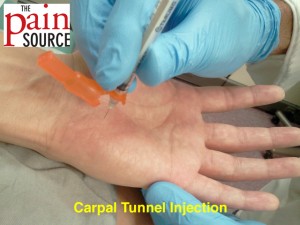
Indications
- Carpal Tunnel Syndrome
- ICD-9 code: 354.0 “carpal tunnel syndrome”
- ICD-10 code: G56.0 “carpal tunnel syndrome”
CPT code: 20526
Materials Needed
- Pen – clicking type
- Gloves – non-sterile
- Alcohol swabs or iodine
- Band-aid
- Tuberculin needle/syringe
- 1-ml of 40mg/ml Depo-Medrol or Kenalog
Technique / Procedure Steps
- Always start with informed consent from the patient, and then a time-out to verify correct patient and injection site.
- Mark the injection site with the pen tip in order to leave an impression in the skin — see injection site below in the tips section.
- Clean the skin thoroughly with as many alcohol swabs as needed (usually only one is needed).
- Patient position: Perform lying supine with arm externally rotated and the elbow extended, OR, seated with elbow flexed to 90 and hand supinated.
- With the tuberculin needle/syringe, enter the skin going perpendicular to the skin. Use all of the 1/2″ needle length.
- Aspirate to make sure you’re not in any vessel.
- After negative aspiration, inject the full contents of the syringe. If resistance is felt while injecting, pull back 1-2mm until injectate flows easily.
- Withdraw the needle and apply band-aid.
Tips
- Finding the injection site
- With the hand supinated and the fingers together, come straight down (proximal) along the 4th digit to a point 1.5-2cm distal to the wrist crease.
- Note: May want to first perform the Allen’s test to ensure patient has good collateral circulation in the hand.
- Numbing the skin
- Find out all about “Taking the Sting Out” (of injections) by going here.
- Since I use a tiny tuberculin needle, most patients have no problem with the injection and don’t need any extra lidocaine skin wheal or freezing spray.
- I tell them numbing the skin with lidocaine will probably hurt more than the actual injection.
- Procedure for a “pain free” injection
- Fill a 27G 1/2″ tuberculin syringe with 0.5ml of 1% lidocaine.
- Use ethyl chloride spray to “numb” the skin over the injection site; then quickly create the skin wheal of lidocaine.
- Insert the tip of the needle just below the surface of the skin, almost at a parallel angle. Then inject about 1/4-1/2ml to create the skin wheal.
- Do NOT create a deep lidocaine track with the needle, as you may likely enter the carpal tunnel and anesthetize the median nerve; then the patient won’t be able to tell you if your needle (during the steroid injection) inadvertently pierces the median nerve.
- After the injection
- Explain to the patient that the steroids may not start kicking in until anywhere from 1-7 days.
- Tell the patient to continue using their wrist splints each night.

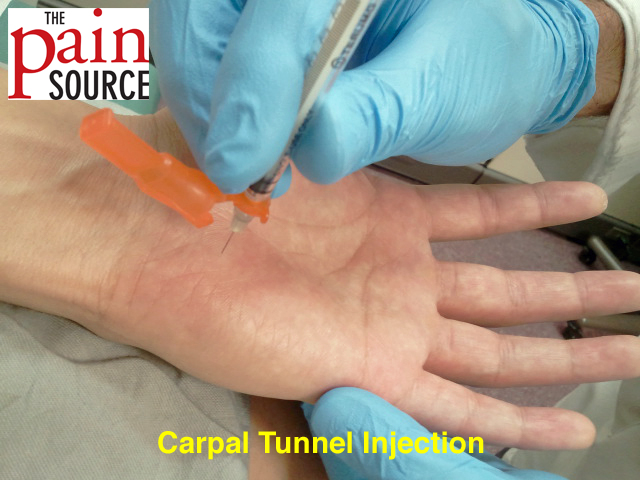
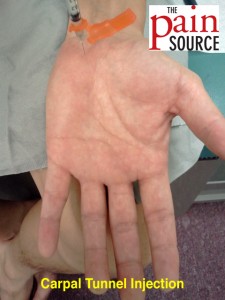

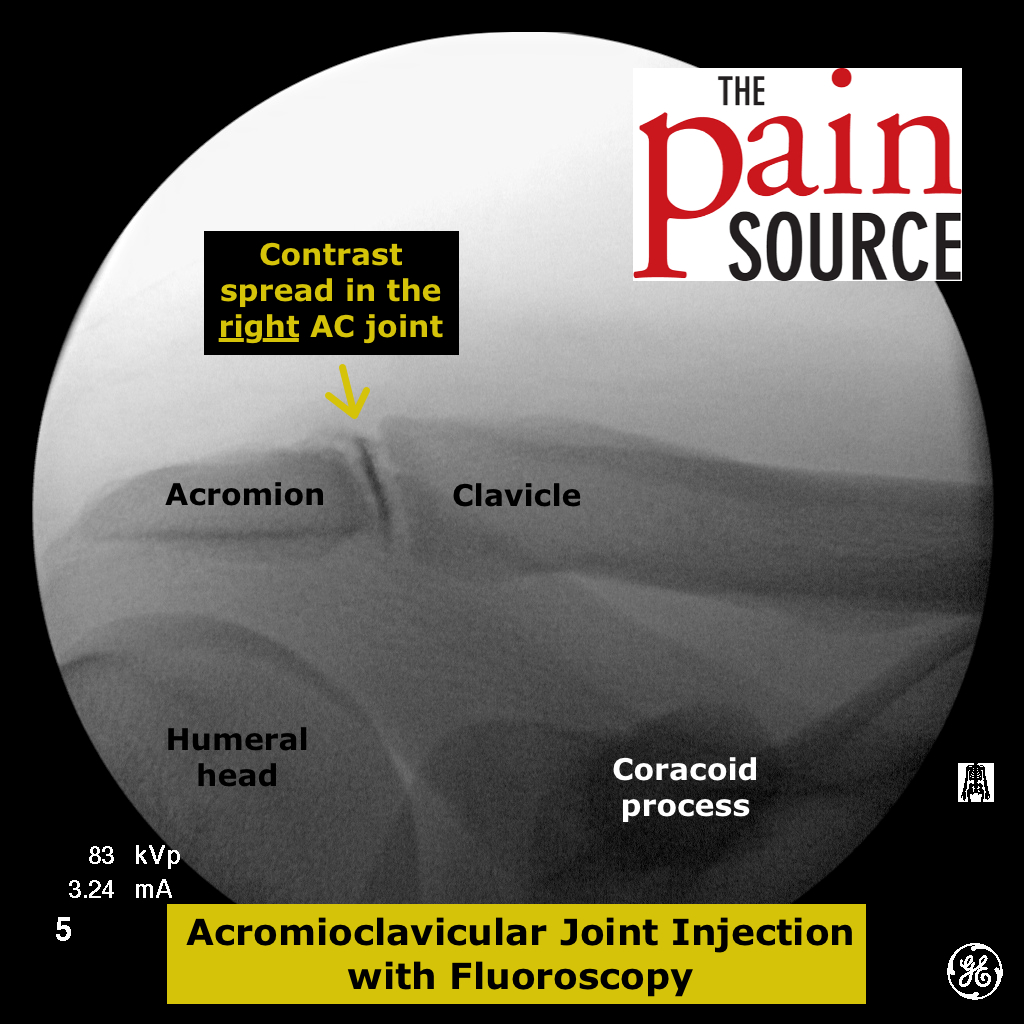
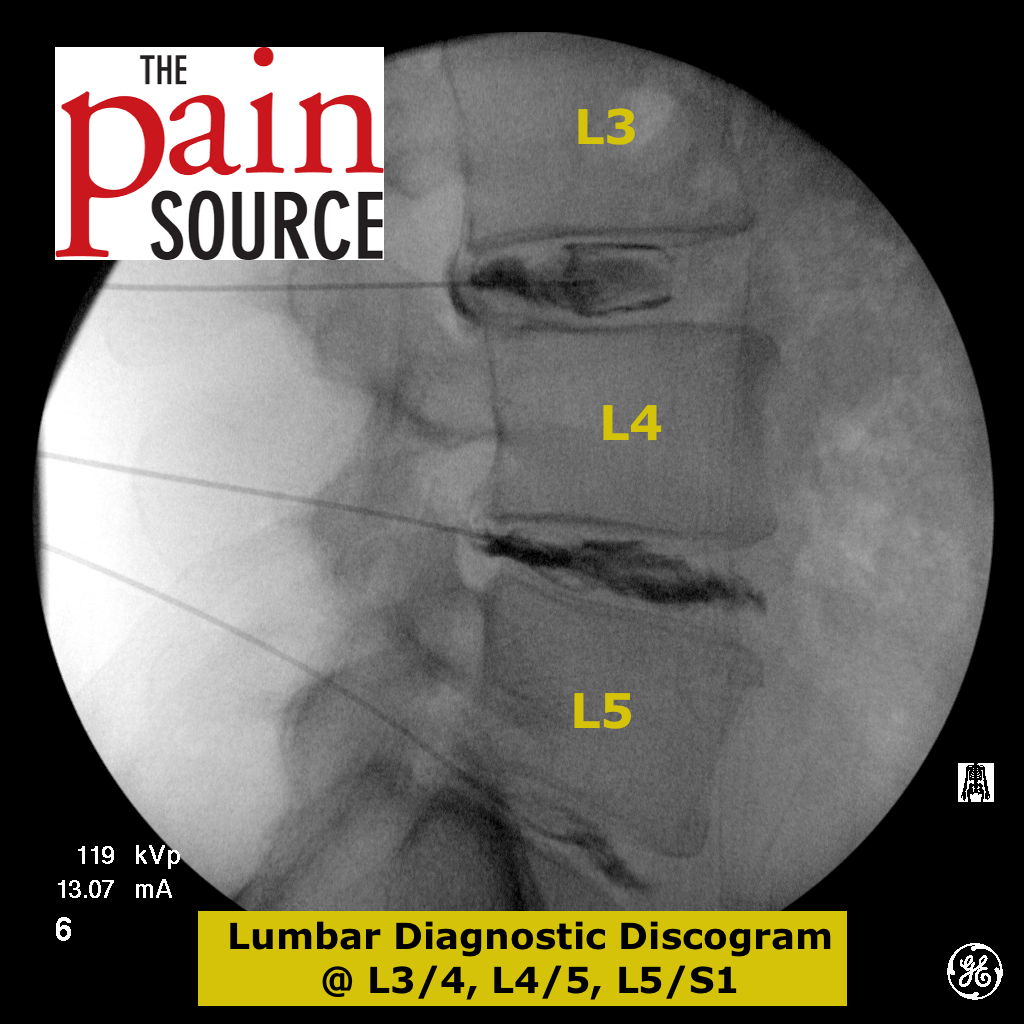

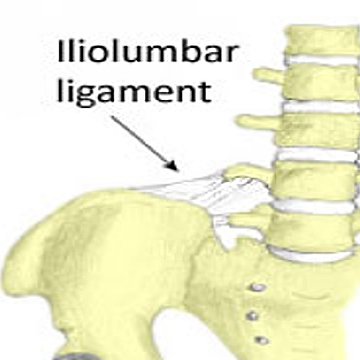
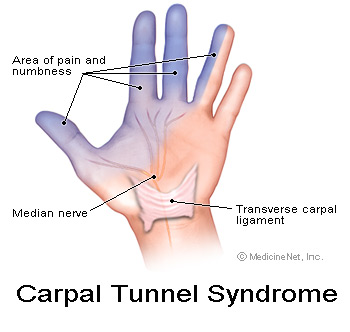

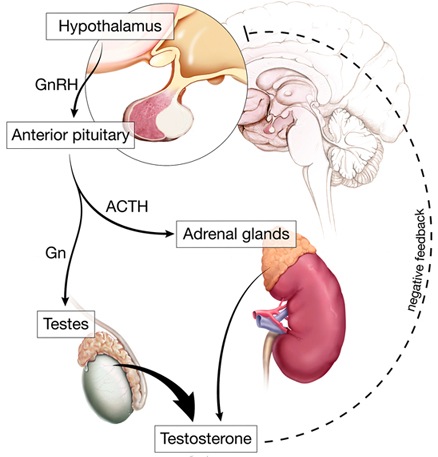
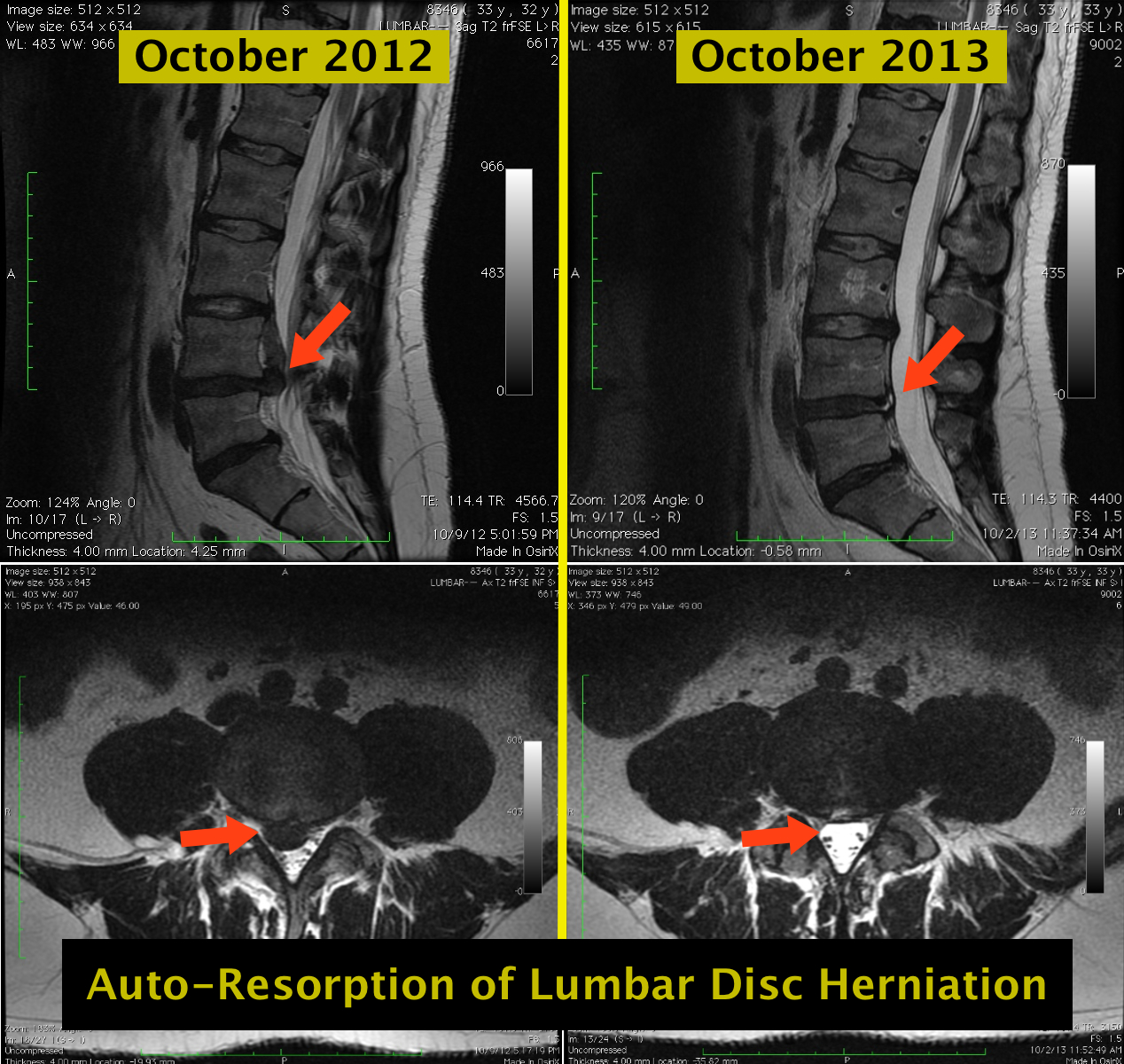
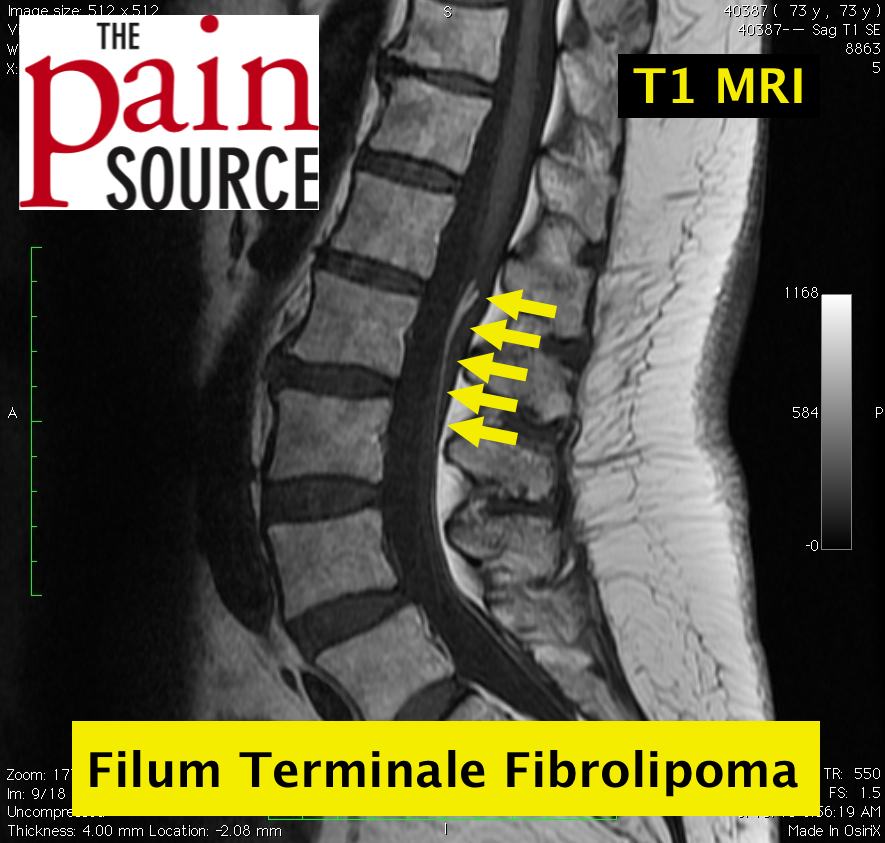
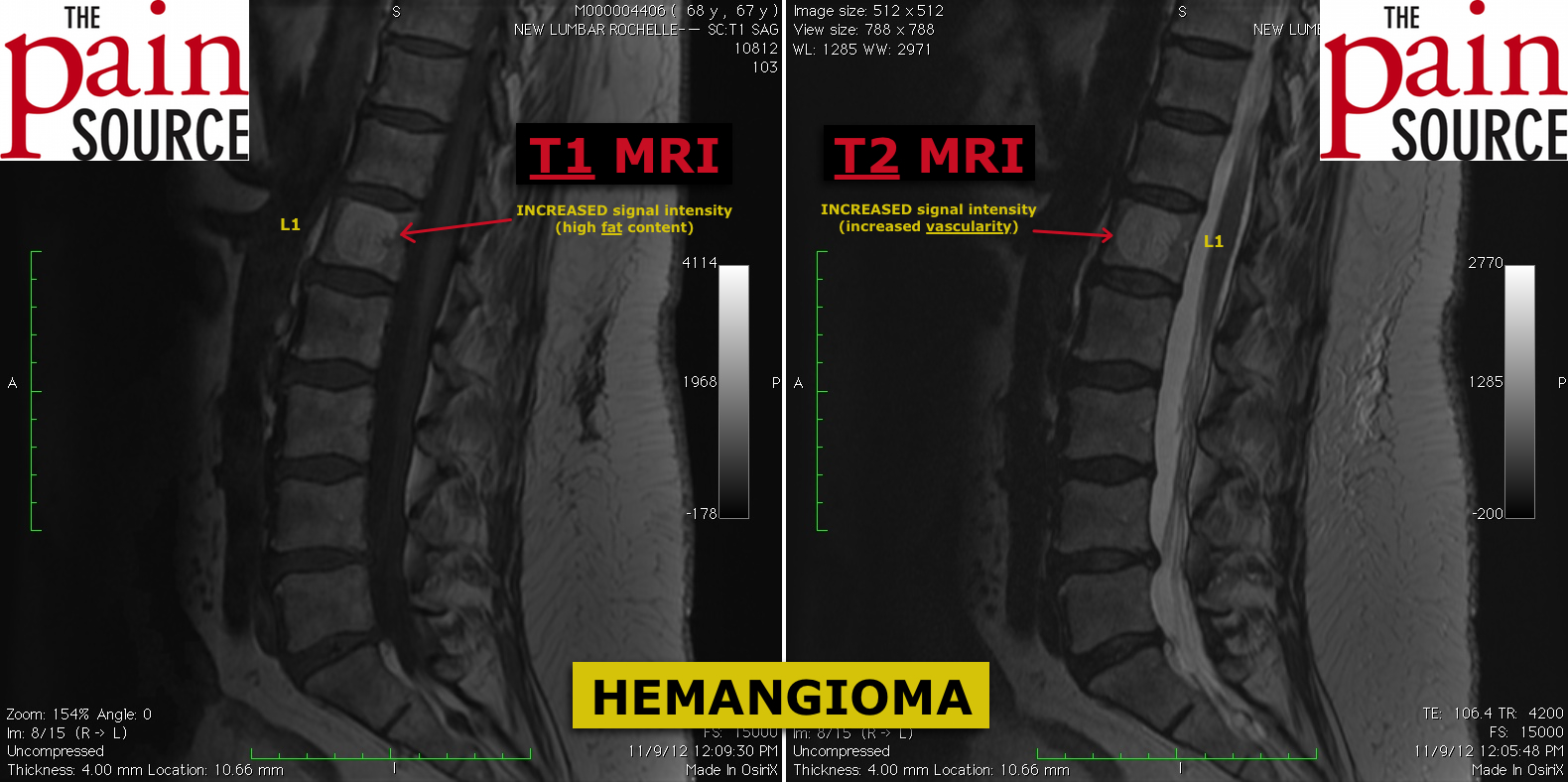
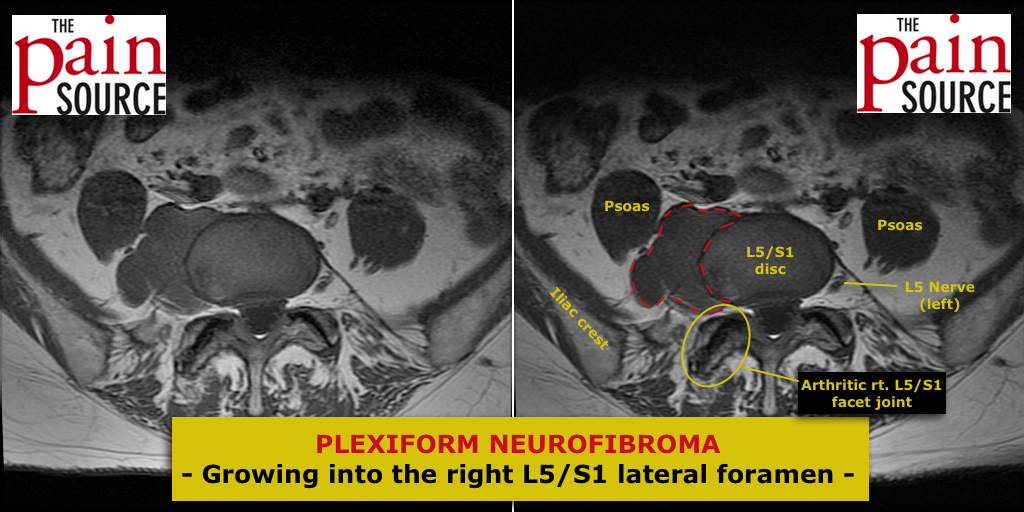
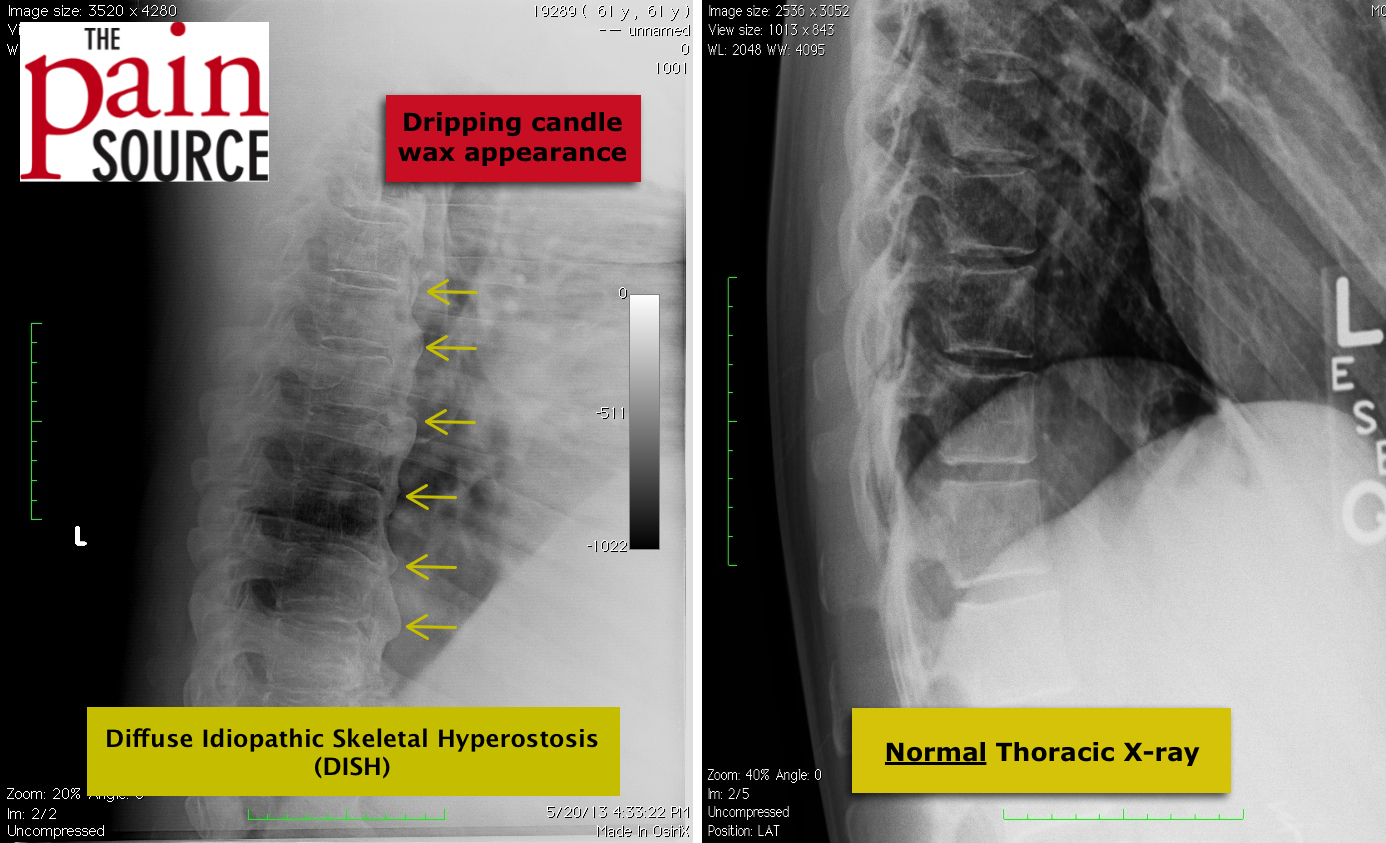

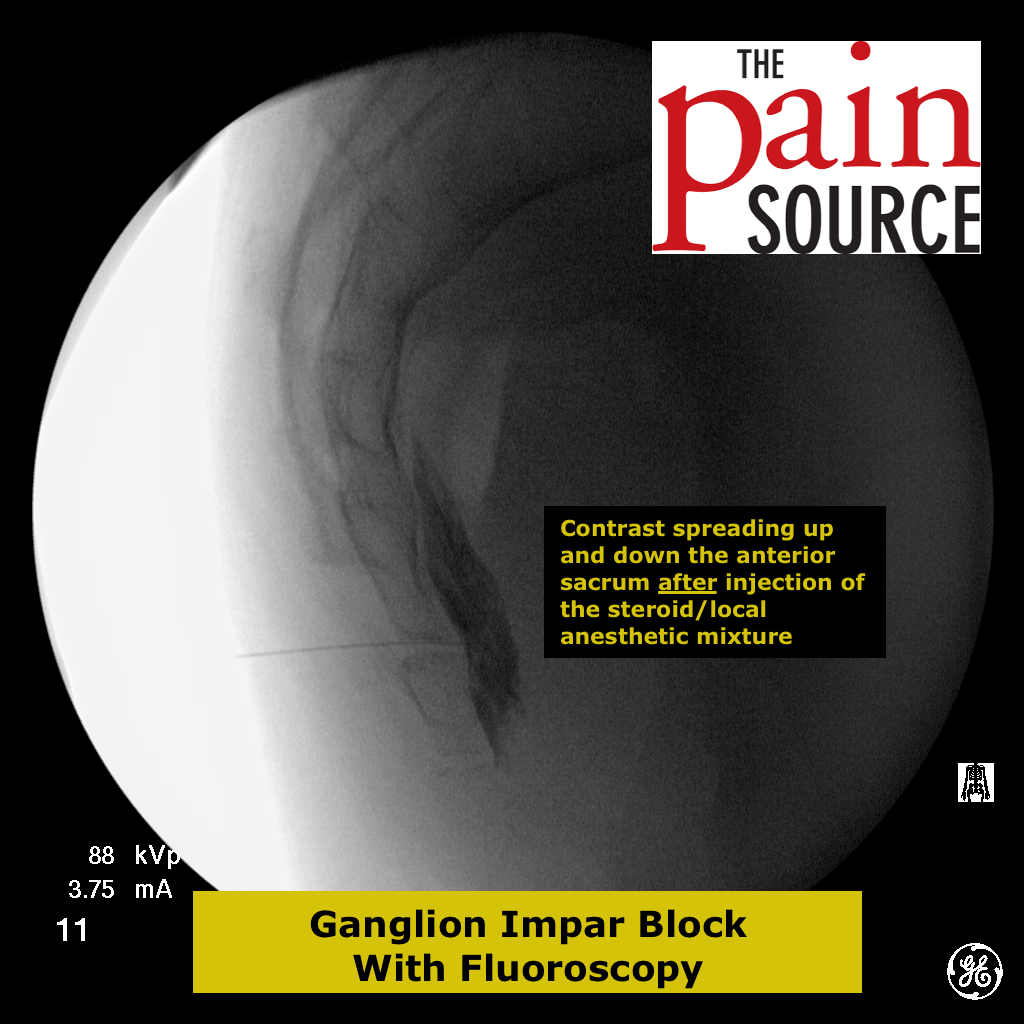
Good angle!
Hi Chris! The last couple of times I did this injection my patients complained of a lot of pain. Is this normal? Or could I be getting the injection site wrong? ~Shannon
Hi Shannon. It shouldn’t be painful, per se, but it still involves the use of a needle (though very tiny). Some patients are very sensitive to any touching of the skin at all. Just follow the correct technique and continue doing them for the appropriate patients. Good luck.